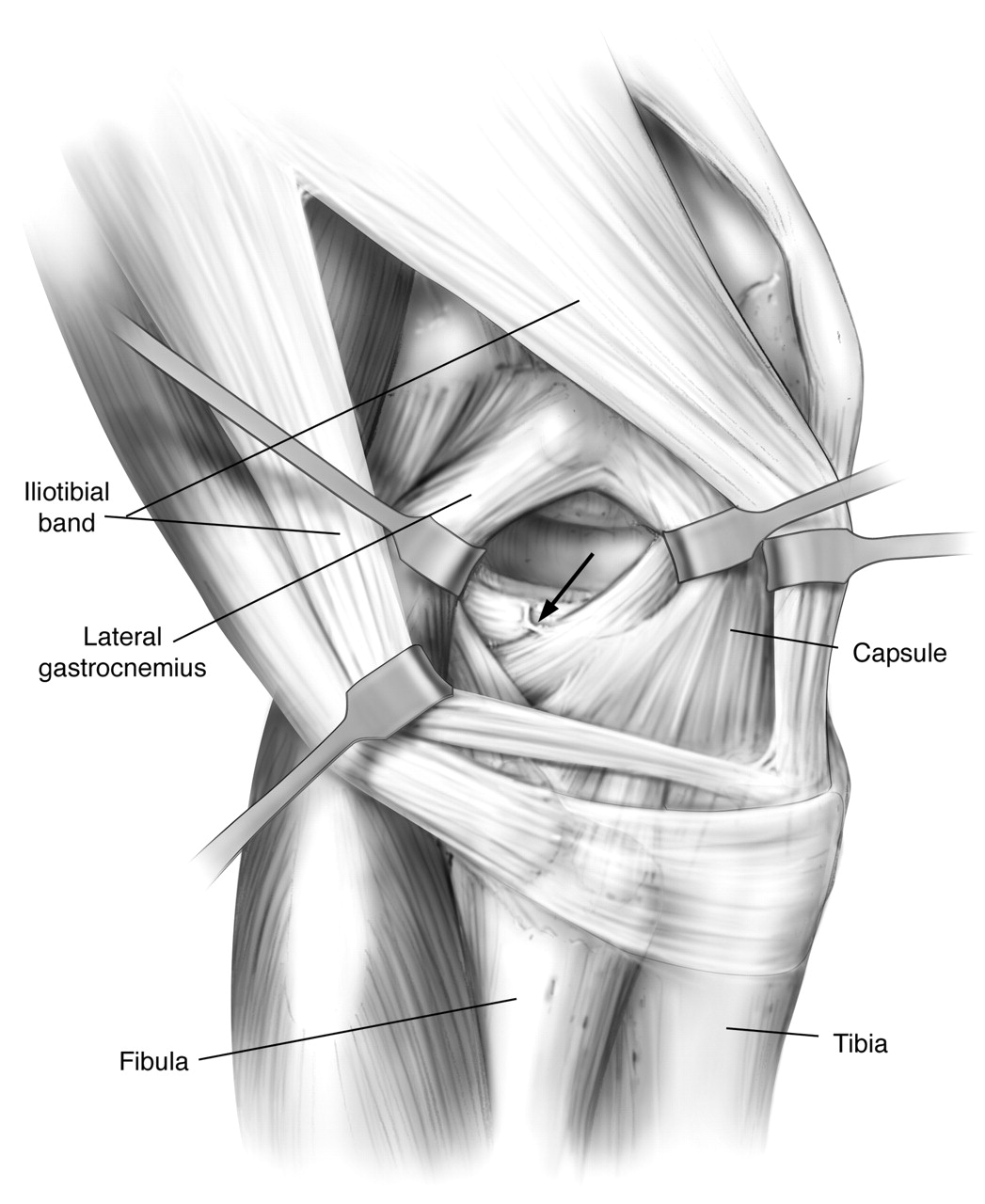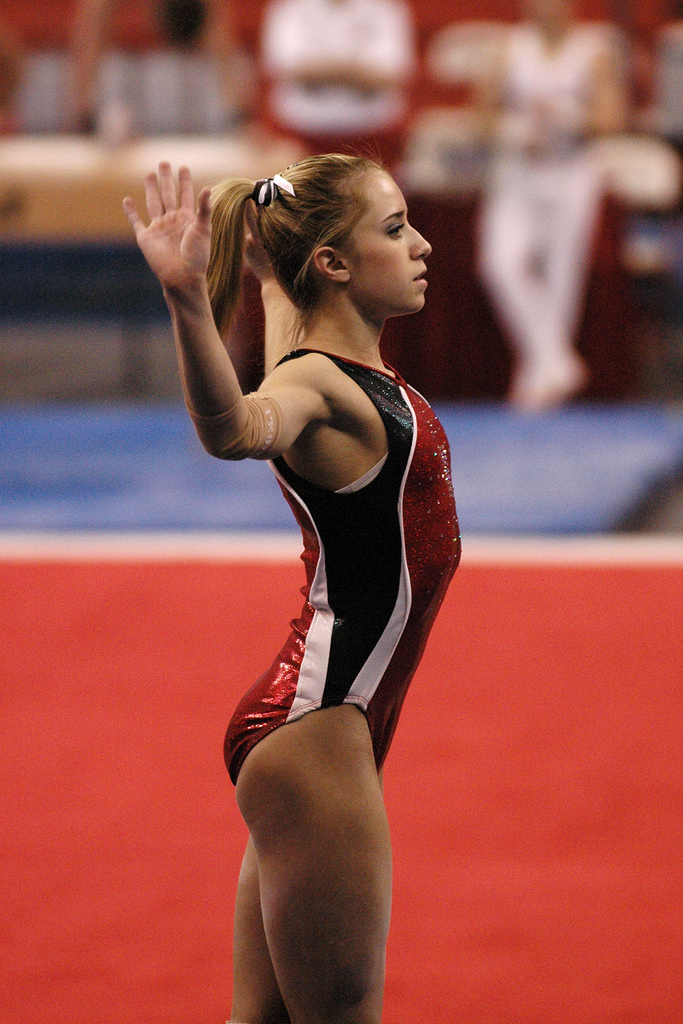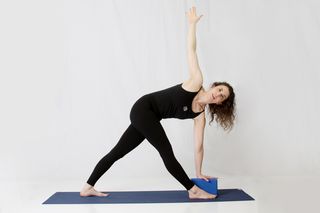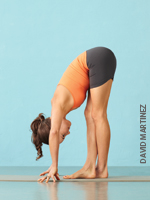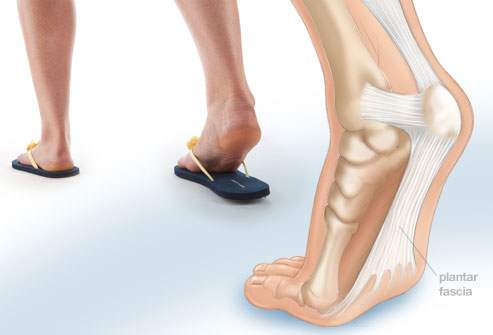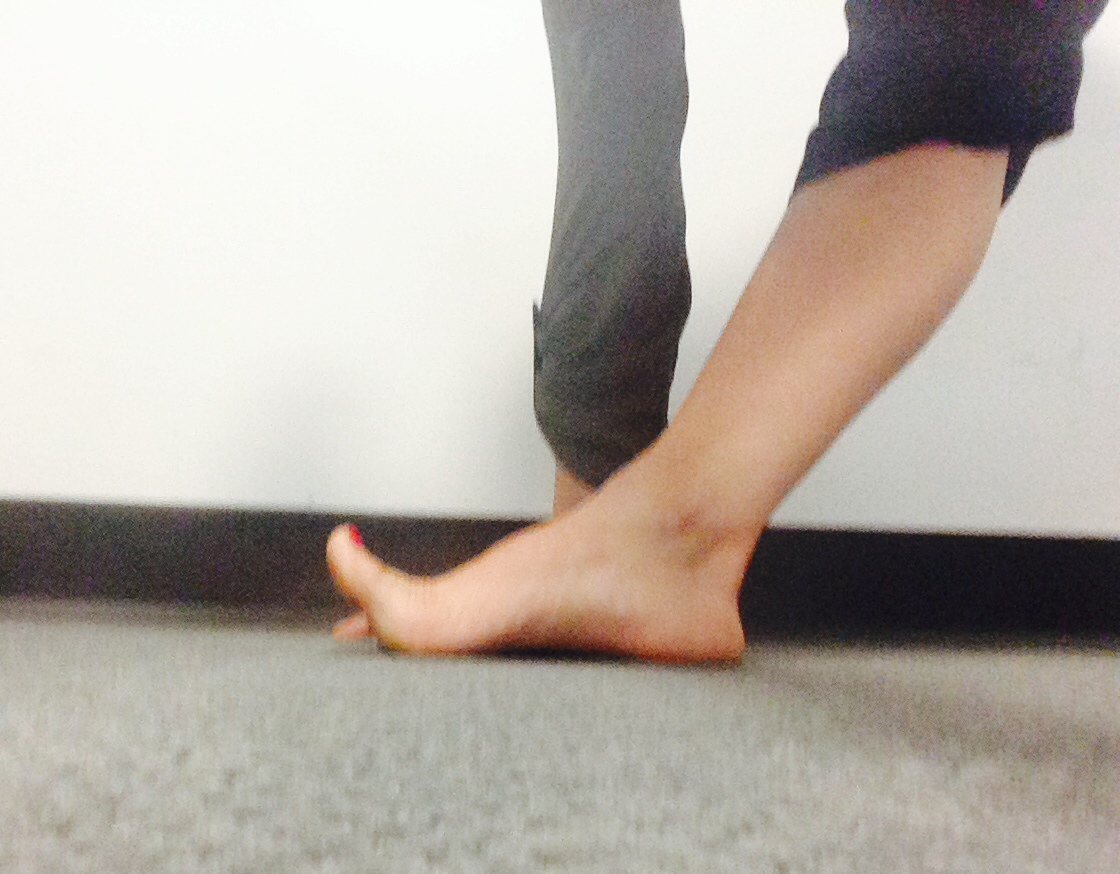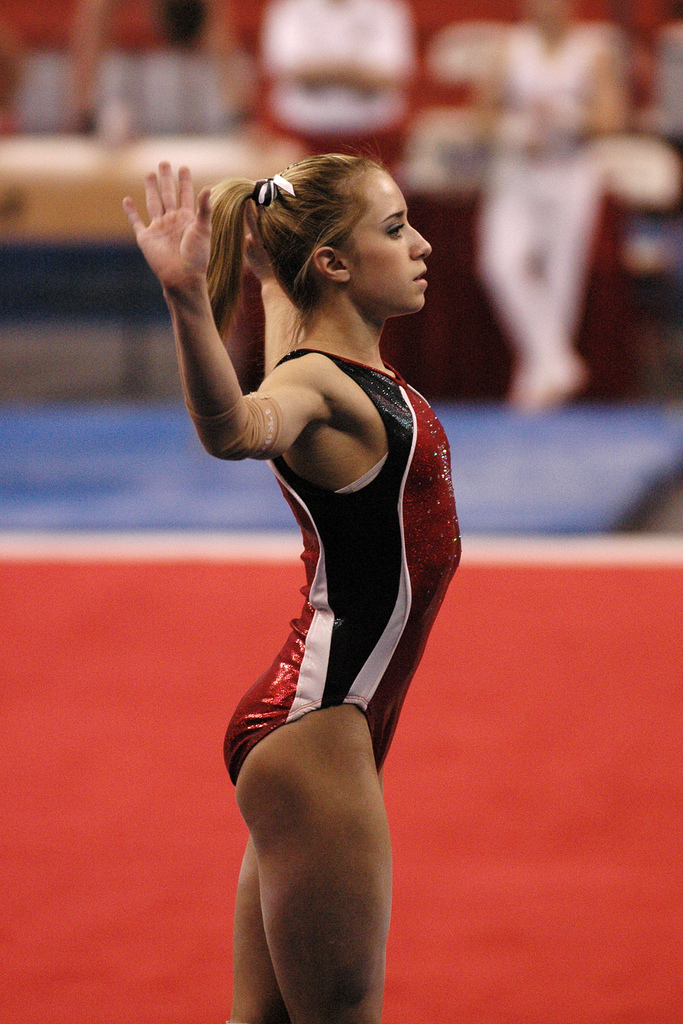
The Windlass Mechanism: A Powerful Addition to your TFL / ITB Stretches
Tensor fasciae latae (TFL) / iliotibial band (ITB) over-recruitment and tightness is one of the most common contributors to movement dysfunction observed in the lower extremity. Whether it is a dancer with an over-supinated foot or a runner with tibial femoral external rotation, hypo-mobility in this muscle (connective tissue) can be a strong deforming force.
For today’s blog we will continue to explore how integrated the foot is with the rest of the human movement system. Below I will demonstrate how to use the foot (or more specifically the windlass mechanism) to enhance your TFL/ITB stretches.
Introducing the TFL / ITB
Arising on the anterior part of the iliac crest and inserting as the iliotibial band on the lateral aspect of the femur, the patella and Gerdy’s tubercle (lateral tibia) this muscle:
- concentrically moves the hip into flexion, abduction and internal rotation (on a fixed leg it is anteromedial rotation of the pelvis)
- stabilizes the knee for single leg stance (gait)
I prefer the corrective exercise approach of self myofascial release (SMR) prior to stretching as this allows a better increase in tissue mobility. (Click to see video on TFL SMR)
When stretching the TFL / ITB the hip should be moved into extension, adduction and external rotation. This can be done either open chain with a yoga strap or closed chain in a variety of poses including:
– Revolved Triangle Pose (Parivrtta Trikonasana)
– Standing Forward Bend, variation (Uttanasana)
Enhancing the TFL / ITB Mobilization
The one aspect of the TFL / ITB stretch that I believe is the most overlooked would be the rotation element. In my practice I find that it is primarily the internal rotation or transverse plane moment of the TFL that causes the most lower extremity dysfunction.
So how can we enhance the external rotation that is occurring during our TFL / ITB stretch?
The technique to increasing the external rotation moment during a closed chain TFL stretch is associated with the windlass mechanism.
Introducing the Windlass Mechanism
If you have attended one of my EBFA courses you should recall the windlass mechanism – however for those who are unfamiliar with this biomechanical phenomenon it is a powerful addition to your TFL / ITB stretch
To understand the windlass mechanism you must understand the plantar fascia.
Originating on the plantar medial tubercle of the calcaneus, the plantar fascia runs across the plantar aspect of the foot before fanning out into 5 slips and inserting into each of the digits.
To better understand your plantar fascia or for a great way to demonstrate this concept to your clients, here’s a little activity I encourage you to try right now:
- Keeping the digits relaxed, touch the bottom of your foot. You should feel the most superficial plantar intrinsic muscles.
- Now dorsiflex your big toe and feel the bottom of your foot again. You should feel the plantar fascia is now a tight band of connective tissue.
This dorsiflexion of the big toe (or rather all your digits) and the subsequent tightening of the plantar fascia is referred to as the windlass mechanism.
But wait – there’s more!
Because our plantar fascia inserts onto the calcaneus, and the calcaneus is part of the subtalar joint – the windlass mechanism must create a moment in the subtalar joint (STJ). Remember that any muscle or tendon that inserts or originates on the medial aspect of the foot or STJ axis is going to create inversion.
If you recall, all STJ movements are coupled with tibial and femoral counter-rotations in the transverse plane.
STJ eversion = tibial / femoral internal rotation
STJ inversion = tibial / femoral external rotation
Since we need to externally rotate the hip to enhance the TFL / ITB stretch this is where the windlass mechanism will come into play.
Enhancing your TFL / ITB Stretch
If we return to our two stretches above – Revolved Triangle Pose & Standing Forward Bend – to increase the external rotation moment in the hip all we need to do is activate the windlass mechanism. This is done by dorsiflexing our digits during the stretch.
Try it now!
Integrating into Client Programming
As you consider the application of the windlass mechanism in your TFL / ITB stretches remember that proper loading an unloading of impact forces during gait occurs through this deep hip internal / external rotation.
If you prefer more dynamic stretches this dorsiflexion of the digits and activation of the windlass mechanism can be applied in a variety of ways and in a variety of stretches.
To learn more about the functional foot and from the ground up programming please visit www.ebfafitness.com
Are you barefoot strong?

